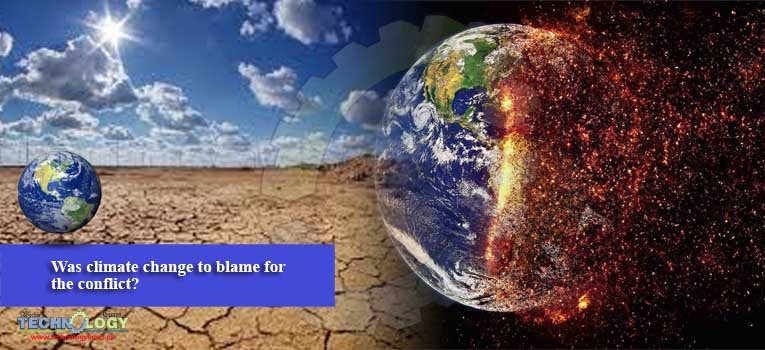Climate change didn’t cause the drought, but it probably made it worse. Crops failed. People went hungry. Many people moved from rural areas to cities, crowding the urban areas.

Here’s the question points? Was climate change to blame for the conflict? Scientists do not all agree. But plenty of studies have suggested that such conflicts could become more likely in communities stressed by the weather extremes that are expected to emerge in a warming world.
Climate change is already affecting human communities in many ways. It’s been crowding out some regions as sea-level rise shrinks the size of islands and wipes away some coastal towns. It’s started bringing disease and job-robbing heat to some regions. It’s even changing what foods are available to eat.
Sherri Goodman is a security expert and board member with the Center for Climate and Security in Washington, D.C. “Climate change is a threat multiplier,” she says. “It aggravates existing tensions around the world,” she explains. “And makes existing threats worse.”
Climatic change had worsened the region’s drought. The agricultural crisis, this caused added to the pressures on a country. All of these things are related.
Many Pacific islands, like Tarawa in Kiribati, are also vulnerable to the effects of climatic change. Researchers like Jan Selby want to study why some places respond to environmental threats with conflict, and others with collaboration.
Focusing only on violent areas can make the connection between climatic and violence seem stronger. If the goal is to learn how to successfully adapt to climate change, scientists should look at a broad range of examples.